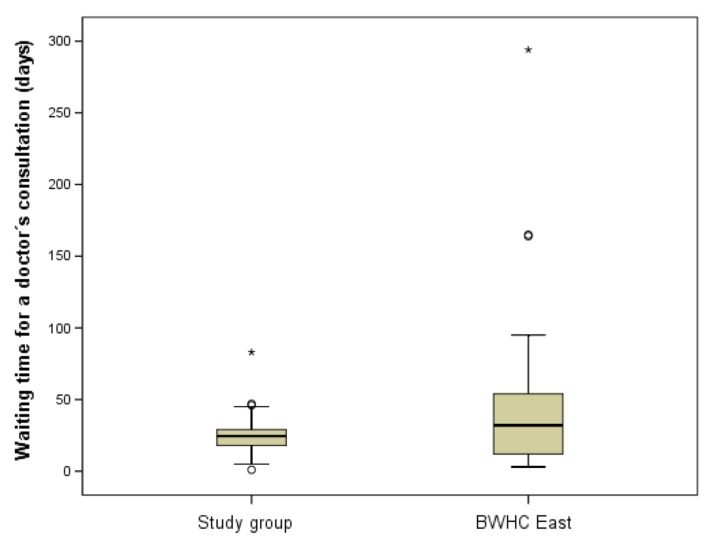
Comparing video consultation with inperson assessment for Swedish patients with hard-to-heal ulcers
- Post by: Peter Anderberg
- 12 February, 2018
- No Comment
ABSTRACT
OBJECTIVES:
To investigate differences in ulcer healing time and waiting time between video consultation and inperson assessment for patients with hard-to-heal ulcers.
SETTING:
Patients treated at Blekinge Wound Healing Centre, a primary care centre covering the whole of Blekinge county (150 000 inhabitants), were compared with patients registered and treated according to the Registry of Ulcer Treatment, a Swedish national web-based quality registry.
PARTICIPANTS:
In the study for analysing ulcer healing time, the study group consisted of 100 patients diagnosed through video consultation between October 2014 and September 2016. The control group for analysing healing time consisted of 1888 patients diagnosed through inperson assessment during the same period. In the study for analysing waiting time, the same study group (n=100) was compared with 100 patients diagnosed through inperson assessment.
PRIMARY AND SECONDARY OUTCOME MEASURES:
Differences in ulcer healing time were analysed using the log-rank test. Differences in waiting time were analysed using the Mann-Whitney U test.
RESULTS:
Median healing time was 59 days (95% CI 40 to 78) in the study group and 82 days (95% CI 75 to 89) in the control group (P<0.001). Median waiting time was 25 days (range: 1-83 days) in the study group and 32 days (range: 3-294 days) for patients diagnosed through inperson assessment (P=0.017). There were no significant differences between the study group and the control group regarding age, gender or ulcer size.
CONCLUSIONS:
Healing time and waiting time were significantly shorter for patients diagnosed through video consultation compared with those diagnosed through inperson assessment.
KEYWORDS
ehealth; leg ulcer; registries; telemedicine; wound healing
CITATION
Comparing video consultation with inperson assessment for Swedish patients with hard-to-heal ulcers: registry-based studies of healing time and of waiting time
